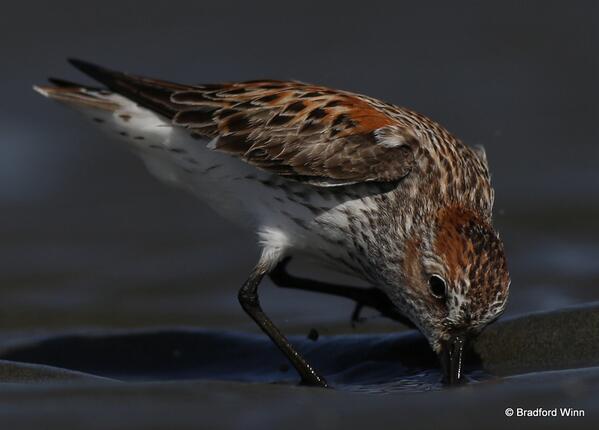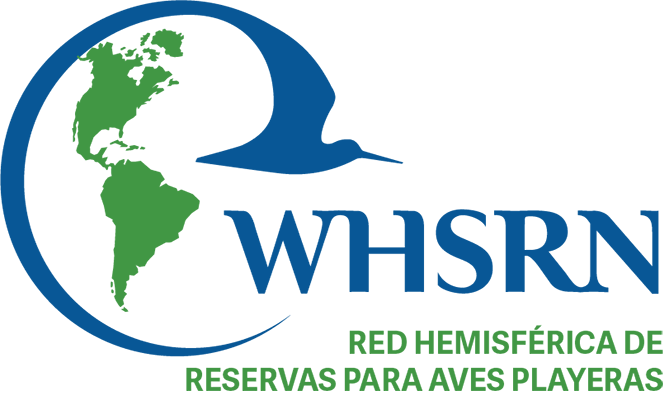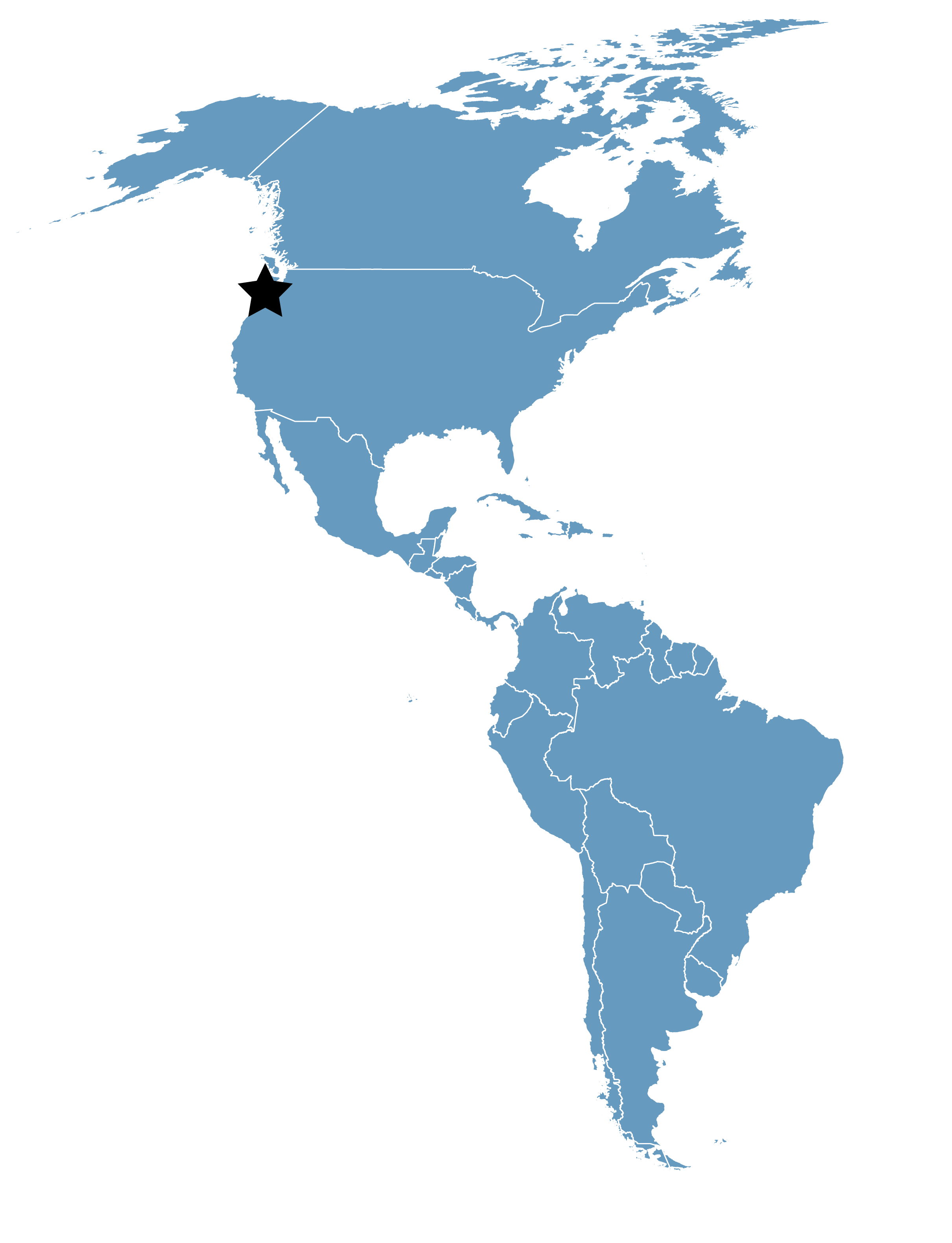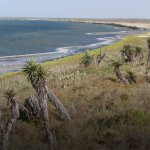Grays Harbor Estuary
Location
Washington, United States
Category
Hemispheric
Basis for Designation
More than 500,000 shorebirds annually during spring and fall migration.
Size
24,346 hectares (60,160 acres)
Date Designated
March 1995
Site Owner
Washington State Departments of Parks and Recreation, Natural Resources, and Fish and Wildlife
U.S. Fish and Wildlife Service
The Nature Conservancy
Army Corp of Engineers
A private corporation: Weyerhauser
Overview
Grays Harbor Estuary is a relatively undisturbed estuary which lies at the mouth of the Chehalis River and is the second largest watershed in the state of Washington. This site includes subtidal (open water), intertidal (mudflat), rocky shore (harbor mouth), intertidal emergent (salt marsh), intertidal emergent (scrub/shrub), palustrine forested (forested wetland/willow), palustrine emergent (common reed), and palustrine emergent spoil (fill) habitats.
The site is a major staging area for migrating shorebirds on the Pacific Flyway, visited by over 500,000 shorebirds during spring and fall. As many as 24 species use Grays Harbor, with Western Sandpiper and Dunlin most abundant. Black-bellied Plover, Red Knot, Least Sandpiper, and Semipalmated Plover are also common.
Grays Harbor is one of four WHSRN sites in Washington State, lying between Greater Skagit and Stillaguamish Delta to the north, Willapa Bay and Long Beach Peninsula immediately to the south, and Columbia River Estuary on the border between Washington and Oregon.

Western Sandpiper fueling up, May 2014. Photo: Brad Winn.
Birds
Counts from various sources report that an estimated 300,000+ shorebirds were observed during an aerial survey of Grays Harbor on April 27, 1993. Ground counts of Bowerman Basin on April 26 and 27, 1993, indicated about 150,000 and 125,000 shorebirds respectively.
Grays Harbor is also used by other species of birds such as the Peregrine Falcon, Brown Pelican, gulls, terns, Common Loon, Great Blue Heron and Double-crested Cormorant.
Threats
Threats to the area include those associated with expanding economic base and a growing population. Invasive introduced vegetation is also a current threat to the native plant community. For example, Giant Reed (Phragmites Communis) and Spartina are two of these invasive species.








